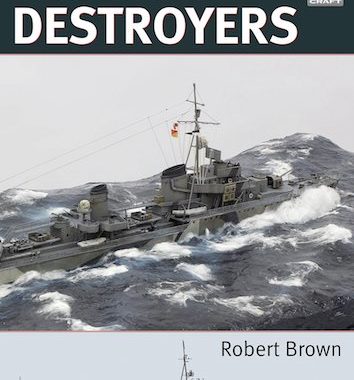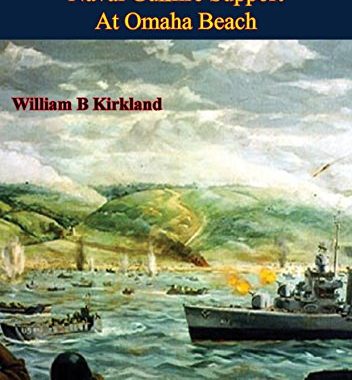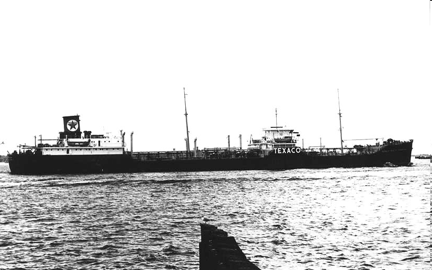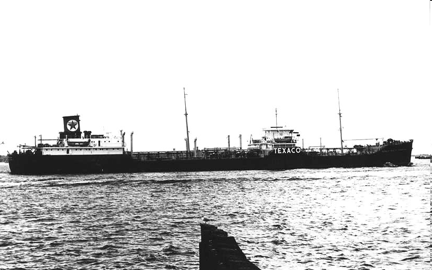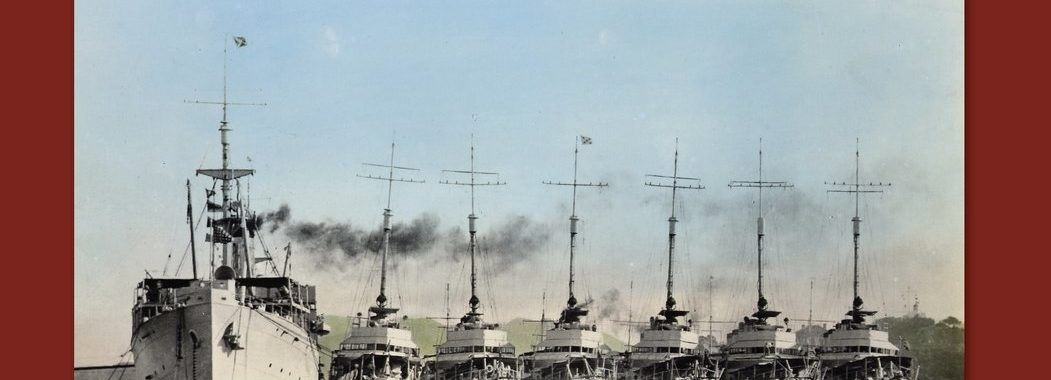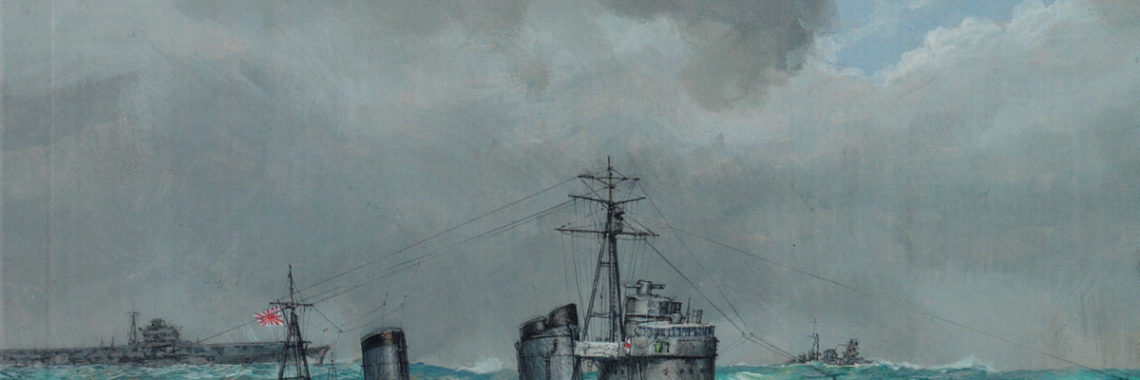British Naval Weapons of World War Two: The John Lambert Collection – Volume I: Destroyer Weapons
Reviewed by Charles H. Bogart This book consists of two sections, a 52-page introduction written by Norman Friedman and 173 pages of line drawings executed by the late John Lambert. These line drawings show both the profiles of World War II Royal Navy destroyers and the weapon systems they carried. With the death of John


